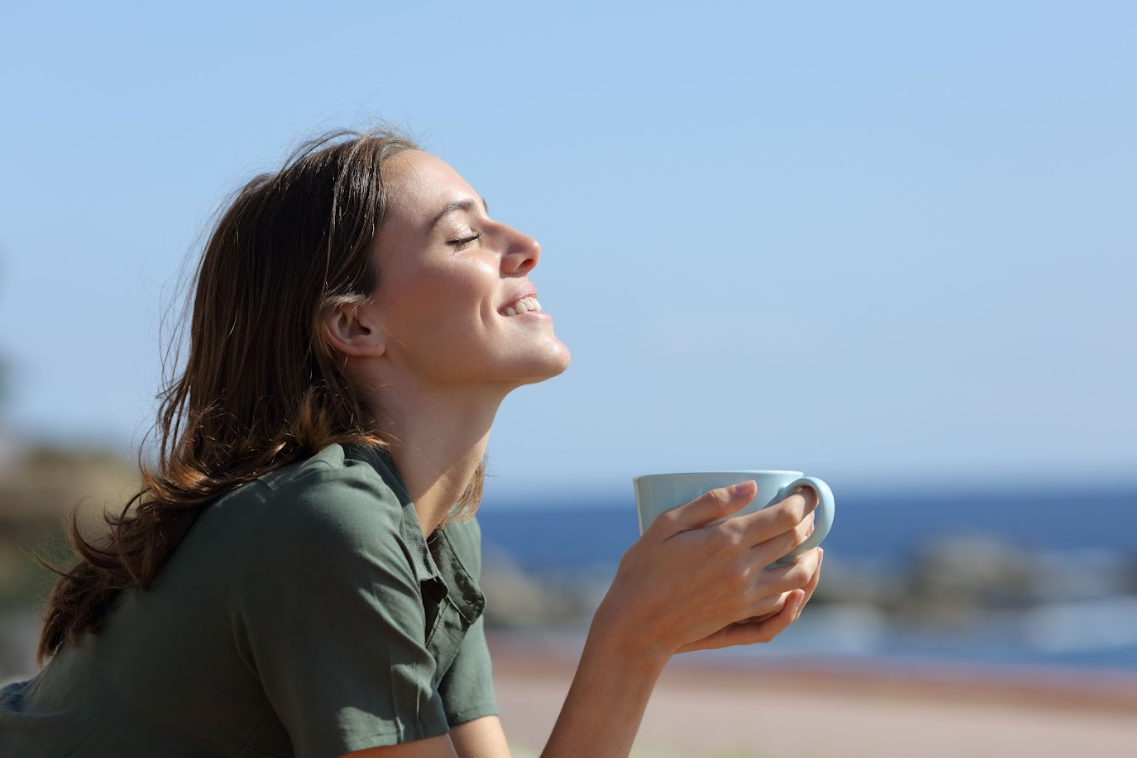Monteloeder, S.L., a subsidiary of SUANNUTRA SA, presents promising results from a new clinical study on its natural nutricosmetic ingredient Nutroxsun®. The findings of the two-phase trial reinforce the scientific evidence on its efficacy in preserving skin integrity and a youthful appearance against environmental aggressors such as ultraviolet (UV) radiation.
Nutroxsun® is an ingredient developed by Monteloeder that combines extracts of rosemary (Rosmarinus officinalis) and grapefruit (Citrus paradisi), formulated to offer an "inside-out" approach that supports skin health and helps maintain a youthful appearance against daily environmental stress, such as prolonged sun exposure.
Photoaging is associated with a reduction in collagen and elastin production as a result of repeated exposure to UV radiation. Collagen provides the support matrix of the skin and is a key factor in preserving its firmness and elasticity. Exposure to UV rays is known to accelerate the generation of reactive oxygen species (ROS), which contribute to oxidative stress and can affect DNA. This can lead to short-term redness and contribute to collagen degradation over time from exposure to both UVA and UVB radiation. This process can lead to the appearance of wrinkles and loss of skin structure.
The study, published in April 2025 in the journal International Journal of Molecular Sciences and conducted by Pau Navarro and colleagues, first analyzed in vitro the photoprotective potential of Nutroxsun® in human dermal fibroblasts exposed to UV radiation. The results highlighted the composition's ability to reduce markers of oxidative stress, inflammation, and processes associated with the degradation of the skin's structural integrity. These effects were expressed by reducing inflammatory markers, ROS, and modulating matrix metalloproteinases (MMPs), enzymes involved in the breakdown of structural components such as collagen and elastin fibers.
The next phase consisted of a randomized, placebo-controlled, crossover clinical trial conducted in 20 volunteers to evaluate the efficacy of the supplement on the skin's response to UV-induced redness and on promoting its natural recovery process after sun exposure.
"Skin redness is the most obvious and immediate inflammatory reaction to solar radiation," explains Nuria Caturla, Chief R&D Officer at Monteloeder. "It usually appears between 3 and 5 hours after exposure, peaking between 12 and 24 hours, and gradually decreasing in 72 hours."
Participants took 100 mg or 250 mg of the botanical formula, or placebo. All experienced an increase in redness 24 hours after UVB exposure, confirming an erythematous response. However, those taking Nutroxsun® had a milder increase in redness. This increased by 62.7% in the placebo group, compared to 44.7% in the group receiving 100 mg of Nutroxsun®, and only 41.0% in the 250 mg group. Both doses showed a significant reduction in redness 24 hours after UV exposure.
At 72 hours, redness in both groups taking Nutroxsun® had almost returned to baseline, while the placebo group still had elevated levels, indicating slower recovery. Among fair-skinned participants, the 250 mg dose was more effective than the 100 mg dose in supporting skin recovery, with less redness observed at all measurement points. However, the 100 mg dose also demonstrated a measurable benefit.
"Nutroxsun® was developed as a nutritional solution to support the skin's natural defense mechanisms against UV-induced oxidative stress," says Mariana Ortega, Science Marketing Manager at SUANNUTRA. "It works from the inside out to help maintain skin health when faced with environmental aggressors. Rosemary and grapefruit extracts contain phenolic compounds that work synergistically to neutralize free radicals generated by UV exposure. These effects are relevant both for immediate responses, such as redness, and for long-term factors related to the visible signs of photoaging, including changes in collagen and elastin."
"The results of this study reinforce and expand previous evidence supporting the role of Nutroxsun® in improving skin health and appearance in the face of UV radiation-related stress," adds Caturla. "Rosemary extracts have been shown to slow collagen degradation, further highlighting their potential to maintain the structure and resilience of the dermis. Grapefruit flavonoids have been studied for their ability to counteract the oxidative effects induced by UVB rays that can compromise collagen integrity, helping to protect the skin by preventing these rays from breaking it down."
This study complements the encouraging results observed in previous clinical and preclinical trials. In one of them, conducted over two months with 90 participants, a reduction was observed in skin lipid peroxidation markers associated with UVA and UVB exposure, as well as perceived improvements in skin texture, wrinkles, and elasticity. In that study, participants stated that their skin "felt more hydrated." More than three-quarters (77%) noticed an improvement in skin appearance and a more even tone. Nearly as many (73%) said their skin "felt firmer" and nearly two-thirds (60%) observed a visible reduction in the appearance of wrinkles.
